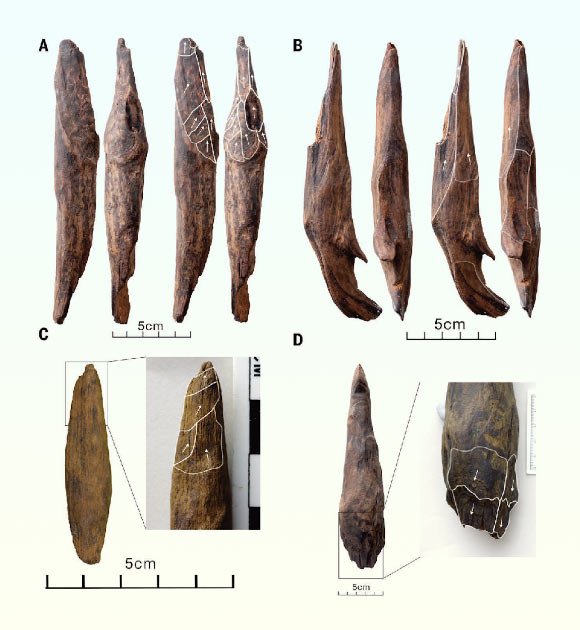
Image Source: Getty
The evolving militancy in Jammu and Kashmir (J&K) has moved far beyond the contours of conventional insurgency. While weapons and ideology remain central, the current phase is characterised by an integrated, sophisticated digital battlefield interwoven with international support. At the heart of this transformation lies China’s silent but strategic footprint, discernible via its high-grade military exports to Pakistan, dual-use surveillance and communication technologies, and digital infrastructure that enables anonymity, coordination, and logistical support for militant operations. This subtle yet impactful participation is altering the very fabric of cross-border militancy and cyber-insecurity in the region.
Chinese Visibility in Kashmir’s Conflict Ecosystem
The China-Pakistan defence partnership has deepened considerably over the past decade. According to the 2025 annual report of the Stockholm International Peace Research Institute (SIPRI), China accounted for 81 percent of Pakistan’s arms imports—approximately US$5.28 billion—between 2019 and 2023. These imports extend beyond traditional armaments to include dual-use technology, such as encrypted communication tools, unmanned aerial vehicles (UAVs), satellite systems, and surveillance technologies. Much of this equipment has increasingly been recovered from encounters with militants in Kashmir.
An even more alarming facet of this trend is its intersection with the decaying control mechanisms within Pakistan’s military-intelligence apparatus.
For instance, during the April 2025 Pahalgam attack, militants were reportedly found using Huawei satellite phones and Chinese-manufactured Global Positioning System (GPS) devices. These, along with body cameras and ultra sets, suggest a marked shift from rudimentary tactics to coordinated, tech-assisted operations, such as handheld radios, Garmin GPS devices, Pakistani SIM-based burner phones, topographic maps, and Handycam video recorders. Chinese-origin equipment—including assault rifles and encrypted communication systems—has been recovered in multiple counter-terrorism operations in Kupwara, Handwara, and Bandipora.
Furthermore, an even more alarming facet of this trend is its intersection with the decaying control mechanisms within Pakistan’s military-intelligence apparatus. Despite the formal nature of Sino-Pak defence deals, the porous and often corrupt channels within Pakistan’s security agencies enable the subterfuge and leakage of sophisticated Chinese hardware to non-state actors. UAVs such as the Wing Loong II and CH-4A, which are reportedly part of Pakistan’s inventory, are believed to be used for reconnaissance, supply drops, and surveillance over the Line of Control (LoC), blurring the lines between state and proxy engagement.
Pakistani ISR Capabilities and Their Strategic Utility
Pakistan’s intelligence, surveillance, and reconnaissance (ISR) capabilities have expanded substantially through Chinese assistance. Telecom towers operated by China Mobile Pakistan (Zong) under the China-Pakistan Economic Corridor (CPEC) umbrella provide digital coverage across the Pakistan-occupied Kashmir (PoK), particularly in border districts adjacent to India. These installations—coupled with Chinese radar systems such as the JY and HGR series—provide real-time situational awareness to Pakistani agencies and their militant proxies. This digital scaffold enables coordinated infiltration and disrupts Indian surveillance dominance along the Line of Control (LoC).
Migration to Chinese Apps and Platforms
An equally significant component of Chinese involvement unfolds in the digital domain. Indian intelligence agencies have documented over 50 cases where terrorists used Chinese-origin platforms—such as WeChat, IMO, GPS Faker, and Location Changer—to communicate during or ahead of operations. Despite formal bans on these apps in India, militants exploit Virtual Private Networks (VPNs), spoofed Internet Protocol (IP) addresses, and Pakistani SIM cards to circumvent restrictions.
Many of these communications take place over China’s Tiantong-1 satellite network—managed by China Telecom—which offers uninterrupted service in remote terrains with limited mobile coverage.
These digital tools are often pre-installed in training camps in PoK, with smartphones loaded with GPS spoofers and Android Application Package (APKs) via third-party app stores such as APKPure and Aptoide. These platforms operate outside Indian jurisdiction, making it virtually unfeasible to regulate access effectively. Moreover, many of these communications take place over China’s Tiantong-1 satellite network—managed by China Telecom—which offers uninterrupted service in remote terrains with limited mobile coverage.
Chinese-built telecom infrastructure in PoK further complicates the challenge. Telecom signals from Zong and Telenor routinely penetrate Indian territory in districts such as Kupwara, Rajouri, Poonch, and Uri, enabling cross-border communication that often evades Indian monitoring systems.
The Attribution Challenge and Legal Constraints
While Western apps are subject to compliance under international agreements, specifically the Mutual Legal Assistance Treaties (MLATs), Chinese platforms remain immune/exempt due to digital ambiguity. This isolation enables them to function as safe havens for illicit communication. Additionally, Chinese cybersecurity regulations create a technological smokescreen that disables user attribution, allowing terrorists to operate in a digital sanctuary. For example, the real-name registration requirements are easily circumvented using fake IDs or VPNs, rendering user identities unverifiable. App providers must retain user data; however, access is limited to Chinese authorities, which restricts external investigations. Furthermore, strict data localisation laws and barriers to cross-border information sharing prevent Indian agencies from accessing critical metadata or communication logs. These structural barriers hamper India’s ability to trace and attribute digital activity linked to cross-border militancy, offering operational cover for state-enabled non-state actors.
Chinese cybersecurity regulations create a technological smokescreen that disables user attribution, allowing terrorists to operate in a digital sanctuary.
Bridging the Digital Sovereignty Deficit
India struggles to counter digital terrorism because of its fragmented cyber laws, limited international cooperation frameworks, and China’s deliberate digital opacity. The absence of bilateral mechanisms or meaningful cooperation from China further impedes proactive surveillance.
Several significant gaps in India’s current legal and policy framework must be bridged, considering the evolving threat landscape. The present approach primarily targets specific platforms rather than addressing the broader problem of cross-border digital interoperability and device-level intrusions. In Kashmir, where foreign telecom infrastructure distorts sovereignty, this is a critical blind spot.
A recalibration of India’s strategic posture is essential. To counter Pakistan–China digital collusion—particularly in the context of Kashmir—the Government of India must adopt a holistic strategy that encompasses surveillance, policy reform, and international diplomacy. First, surveillance must shift towards pattern recognition, metadata analytics, and behavioural tracking using Artificial Intelligence/Machine Learning tools adapted to Indian regional and linguistic contexts. Second, the government must create a National Digital Forensics Council to unify efforts among intelligence agencies, private cybersecurity firms, and academia. Third, threat indicators, including not just blacklisted apps, must be shared across platforms using nodes facilitated by the Ministry of Electronics and Information Technology (MeitY).
The government must create a National Digital Forensics Council to unify efforts among intelligence agencies, private cybersecurity firms, and academia.
Finally, India should leverage international collaborations with the Association of Southeast Asian Nations countries, the European Union, and the Five Eyes alliance to pressure Chinese app intermediaries and hosting services, particularly in Southeast Asia, to enhance visibility and transparency. The promotion of digital sovereignty norms, regional data mirroring agreements, and legal reciprocity frameworks must be integrated into this effort. This approach would also align with India’s evolving data diplomacy—which utilises digital regulations and app bans as a strategic tool to counter foreign surveillance—a key concern underscored in debates on data sovereignty and economic security.
Conclusion
The Chinese telecom ecosystem’s entrenchment in Kashmir’s militancy is no longer a theoretical possibility—it is an operational reality. Through military-grade hardware, ISR augmentation, and digital anonymity, China has enabled Pakistan-backed proxies to enhance their effectiveness. If India is to preserve its digital sovereignty and national security, it must invest in legal reforms, technological countermeasures, and international coordination to confront this multilayered challenge.
Soumya Awasthi is a Fellow with the Centre for Security, Strategy, and Technology at Observer Research Foundation.
The views expressed above belong to the author(s). ORF research and analyses now available on Telegram! Click here to access our curated content — blogs, longforms and interviews.








